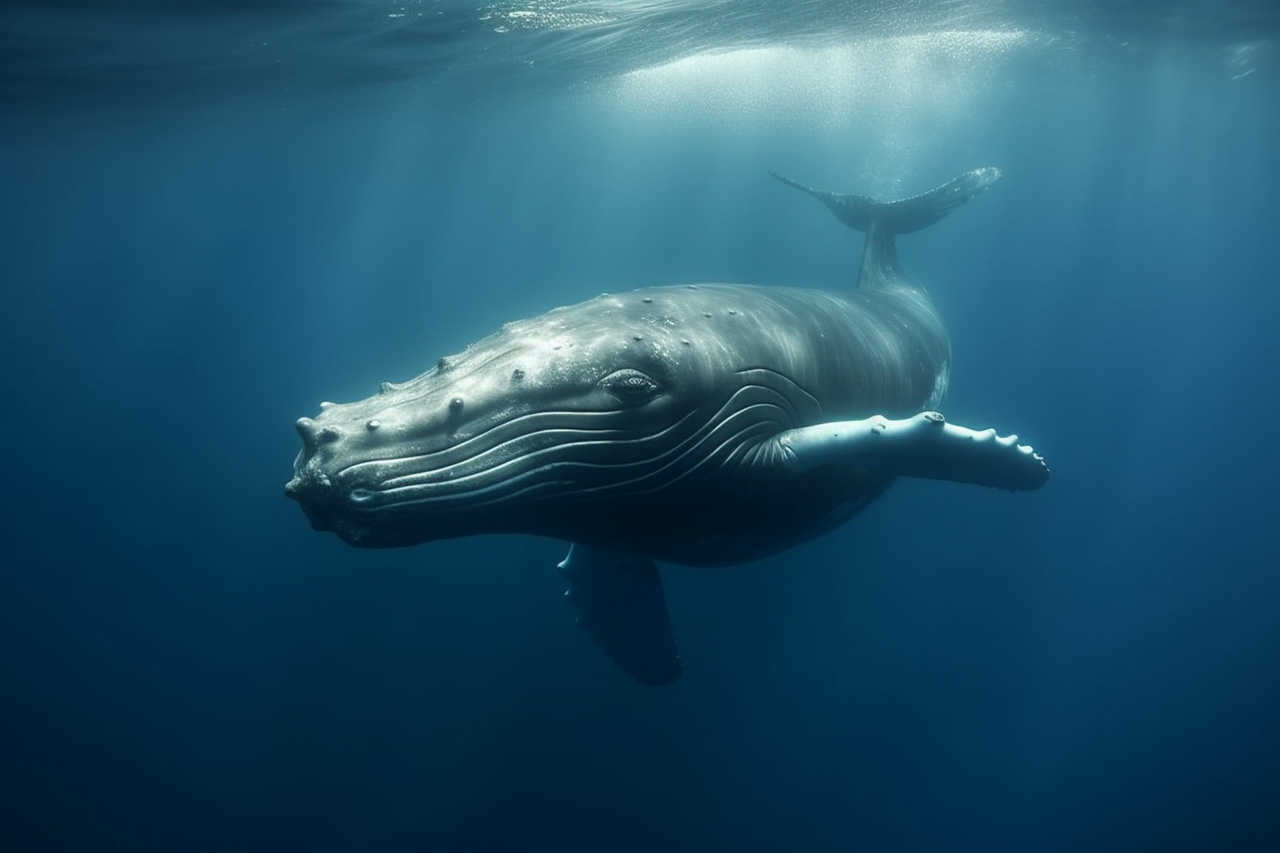
Introduction
Climate change is one of the biggest challenges of our time, and it requires urgent action. While many solutions have been proposed to reduce carbon emissions and slow down global warming, one of the most promising ones comes from an unlikely source: whales. Yes, you read that right. Whales, those magnificent marine mammals that we usually associate with songs and acrobatics, are actually playing a crucial role in the fight against climate change. In this article, we will explore how whales can act as a nature-based solution to mitigate climate change and why it is important to preserve and protect them.
Recent studies estimate that whales can sequester up to 33 tons of carbon dioxide per individual over their lifetime. This is equivalent to the carbon emissions of an average car over 15 years!
Whales and carbon capture
Whales are known to be some of the most efficient carbon capturers on the planet. They do this in two ways: firstly, by feeding on small marine organisms like krill, they help transport carbon from the surface to the deep ocean, where it can be sequestered for centuries. Secondly, when whales die, their bodies sink to the ocean floor and take the carbon with them, locking it away for hundreds of years. Recent studies estimate that whales can sequester up to 33 tons of carbon dioxide per individual over their lifetime. This is equivalent to the carbon emissions of an average car over 15 years!
Whales and the marine food chain
Whales also play a critical role in the marine food chain. By feeding on krill and other small organisms, they help maintain a balance in the ecosystem and prevent overpopulation of certain species. This, in turn, ensures that the ocean can continue to absorb carbon and provide other ecosystem services that are essential for human well-being.
Threats to whale populations
Despite their importance, whales are facing a number of threats that are putting their survival at risk. These include hunting, climate change, plastic pollution, and noise pollution, among others. Many whale populations have been decimated over the years, and some are now critically endangered. This is not only a tragedy from a conservation perspective, but it also means that we are losing a crucial ally in the fight against climate change.
Protecting whale populations
To fully realize the potential of whales as a nature-based solution to mitigate climate change, it is crucial to protect and conserve whale populations. This can be done through a combination of measures, such as banning whaling, reducing plastic pollution, regulating shipping routes to minimize noise pollution, and establishing marine protected areas where whales can thrive. By doing so, we can ensure that whales can continue to play their important role in the ecosystem and help us tackle one of the greatest challenges of our time.
Conclusion
The role of whales in mitigating climate change is just one example of the power of nature-based solutions. By working with nature and leveraging its inherent resilience and efficiency, we can address some of the most pressing environmental challenges we face today. However, to fully realize this potential, we need to adopt a new way of thinking that puts nature at the center of our solutions. Protecting whale populations is not only important for their own sake, but it is also crucial for our own survival.
What does it mean for designers?
- Nature has the potential to provide solutions to complex problems: As designers, we should be aware of the potential of natural systems and their impact on the environment. In this case, whales act as carbon sinks, and their conservation and restoration can help mitigate climate change.
- System thinking is essential: To achieve a positive impact, as designers we should think beyond the boundaries of their own projects and consider the broader system. The example of whales illustrates the interconnectedness of different natural systems, and how their preservation and restoration can have a positive impact on the environment and society as a whole.
- Collaboration and interdisciplinary approaches are necessary: Solving complex problems like climate change requires collaboration between experts from different fields. As designers we can play a crucial role in bringing together diverse stakeholders, such as scientists, policymakers, and the public, to work towards a common goal.
- The power of storytelling: Communicating complex ideas and concepts is an important aspect of design. The story of whales as a nature-based solution to mitigate climate change is not only scientifically accurate, but also has emotional appeal, and can help raise public awareness and engagement.
- We have a responsibility to make a positive impact: we can use our skills and creativity to address societal and environmental challenges. By adopting a more purpose-driven approach, designers can contribute to creating a more sustainable and equitable world.
References
IMF: Nature’s Solution to Climate Change
Wangji Readings: Whales